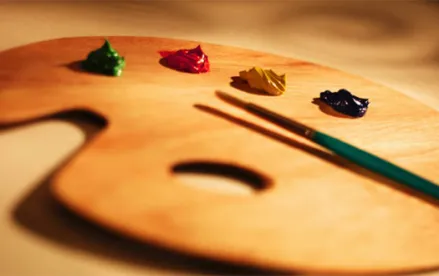Artist Peter Doig, whose pieces regularly sell for $10 million, is currently entangled in a rare and rather odd lawsuit, which involves a work Doig denies he created. While disputes of the authenticity of pieces of artwork are not uncommon, typically the artist is deceased when the dispute arises. However, even in the rare cases where the dispute arises while the artist is alive, the artist disputes the artwork under the Visual Artists Rights Act, as adopted in 1990, which allows an artist to prevent the use of his or her name as the author of any work which has been distorted, mutilated, or modified in a way that is prejudicial to the author’s honor or reputation. Here, however, the artist is alive and simply denies having created the artwork altogether.
The owner of the artwork, Robert Fletcher, claims Doig sold him the piece for $100 while he was Doig’s parole officer. Fletcher filed suit in 2013 when he failed to sell the painting at auction because Doig refused to claim the artwork as his own. Without Doig’s authentication of the work, Fletcher could not sell the piece and, as such, is seeking $5 million in damages and a court order that the artwork is an authentic piece by Doig.
Fletcher claims that the artwork is an authentic Doig piece because, while Fletcher was a parole officer, he watched Doig paint the piece in jail. He also points to the fact that the piece bears the signature “Pete Doige 76”. Furthermore, the work is painted acrylic on canvas depicting a rocky, forsaken desert, which is emblematic of Doig’s early work that made him famous.
Doig denies the work is his creation because, not only does Doig not remember the painting when shown a picture, he claims he has never gone to jail. Moreover, Doig states that he did not even paint on canvas in 1976. Even more, Doig’s lawyers have found a “Peter Doige” that was incarcerated at the time Fletcher was a parole officer and he painted in jail.
This case presents a novel and peculiar question: Is the artist the final arbiter on the authenticity of a piece of artwork, or is the judge or jury? The decision in this case could alter the way in which artists are able to protect their “brand”, which is the source of appeal for many pieces of artwork. Furthermore, this puts artists in the unusual position of defending themselves against individuals that claim a piece of artwork was made by them, rather than simply having the ability to discharge an action by stating that it is not their work. This could place evidence, forensic experts, and testimony as a more authoritative source in determining the creator of a piece of artwork over the claimed artist’s word. This could force artists that don’t have the funds to fight an expensive court battle to accept pieces of art as their own, even as they deny creating the artwork.



 />i
/>i

